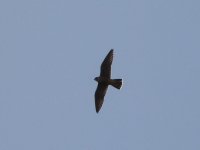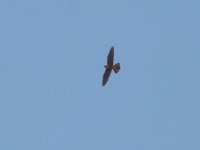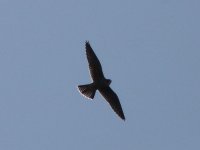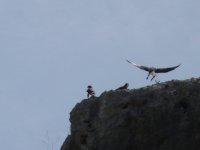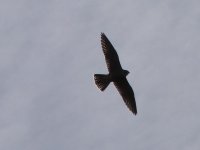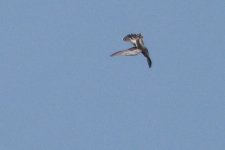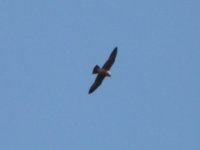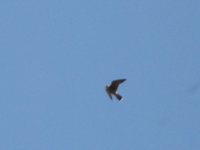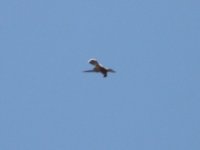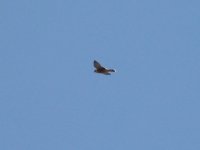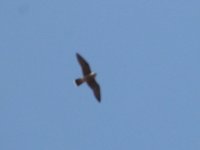Cava d'Ispica, 3 June
calls coming from cliff-face and all around the canyon, at first i was not sure the birds in flight were Peregrines as they seemed smaller and lighter than i'd seen previously, but the proportions indicated a kind of Peregrine
i'm thinking the bird in no.2 may be an adult, and nos. 1 and 3 show a juvenile. not sure about no. 5. I would be grateful for help.
calls coming from cliff-face and all around the canyon, at first i was not sure the birds in flight were Peregrines as they seemed smaller and lighter than i'd seen previously, but the proportions indicated a kind of Peregrine
i'm thinking the bird in no.2 may be an adult, and nos. 1 and 3 show a juvenile. not sure about no. 5. I would be grateful for help.




